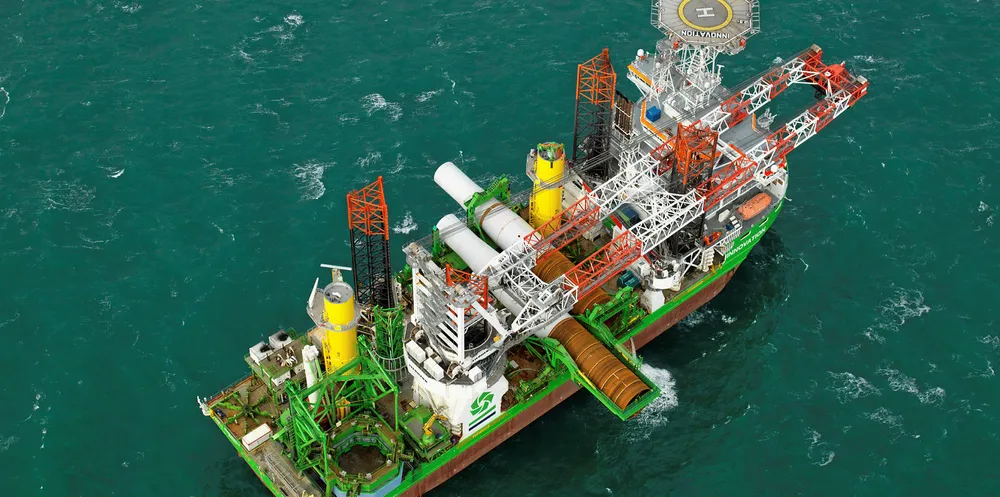First steel in water for Netherlands' biggest offshore wind farm
Developer Ørsted installs lead-off foundations for giant Borssele 1&2 project that will power 1 million Dutch homes

Developer Ørsted installs lead-off foundations for giant Borssele 1&2 project that will power 1 million Dutch homes
